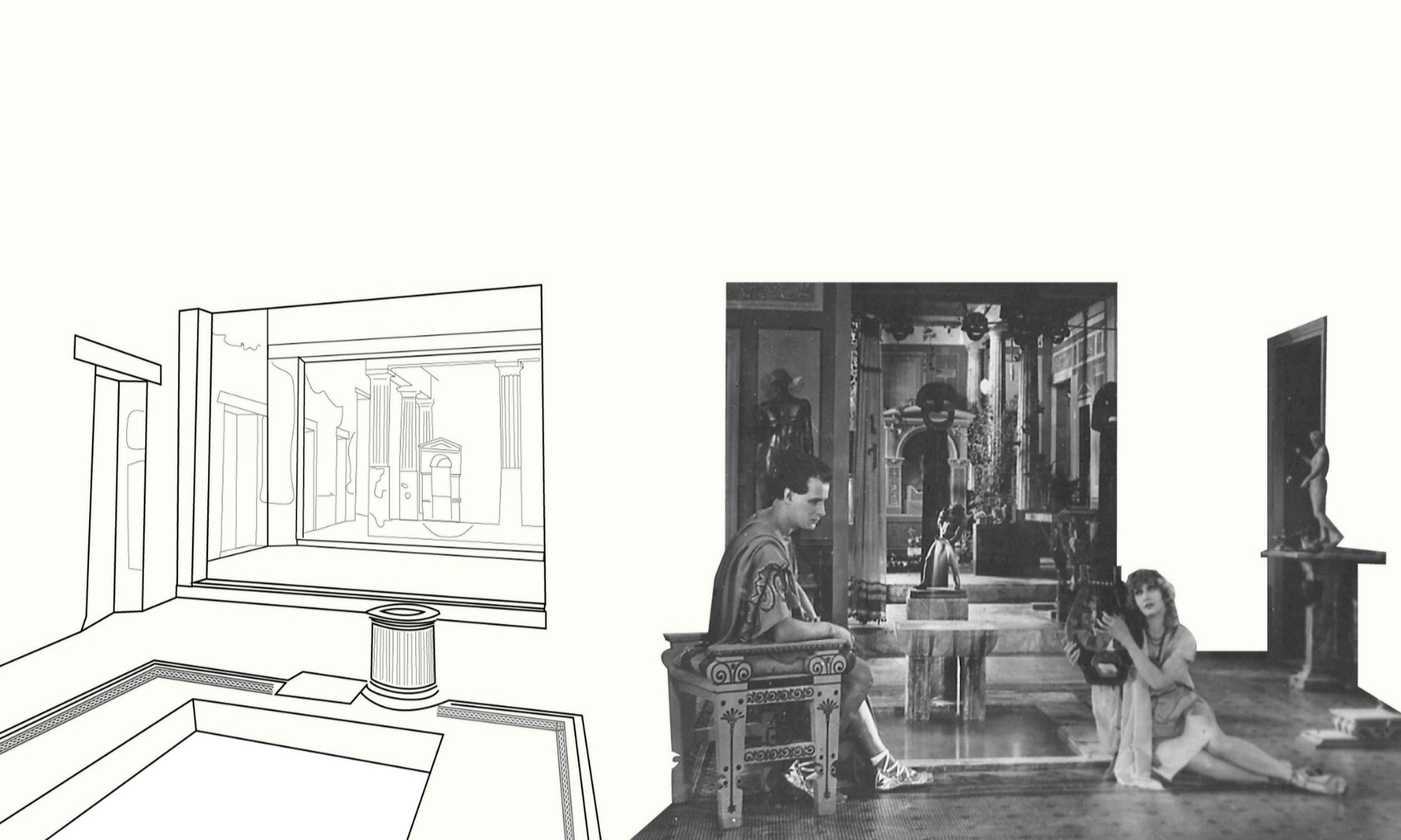
#1 Aylin Atacan
Convergent Architectural (Re)presentations: Visual Narrations of Pompeii in Books and Films
The excavations which spanned between the 16th and 19th centuries were utilized to compose literal and visual narrations of Pompeii. These narrations created a myth of archaeological discovery and a fable of the architectural resurrection of Pompeii. This presentation aims to display the depiction of ancient Pompeii as site, image, and moving image. A significant novelty introduced in the contemporary literature on Pompeii is the importance given to (re)presentation as a way of visualization, rather than as a way of documentation. The corpus of the visual narrative of Pompeii does not only illustrate or animate ruins; it is a composed ‘architectural mise-en abyme’ created through representations of ‘stage in a stage’ and ‘frame in a frame’. The main argument relies on a critical reading about the type, content, and nature of Pompeii’s early representations in illustrated travel books and silent films of the 19th and early 20th centuries. It is an attempt to uncover the archaeology of Pompeian visuality layer by layer.
Aylin Atacan received her PhD degree from the Department of Architecture at Middle East Technical University (Turkey) in 2020 on the topic of architectural representations of Pompeii in illustrated books and silent films of the 19th and early 20th centuries. She worked as a research assistant at the Architectural History Program of the same university. Her research interests include visuality, representation of architectural history and film studies. She was a researcher in the awarded project entitled ‘Ankara as a Cinema Set: Reading Architectural History of the City through Ankara Films’. Supported by a scholarship from Tubitak (The Scientific and Technological Research Council of Turkey), most recently, she is a visiting research fellow at the Department of Greek & Latin at UCL and working on her postdoctoral study entitled ‘The Role of Silent Cinema in the Representation and Education of Ancient Architecture’.